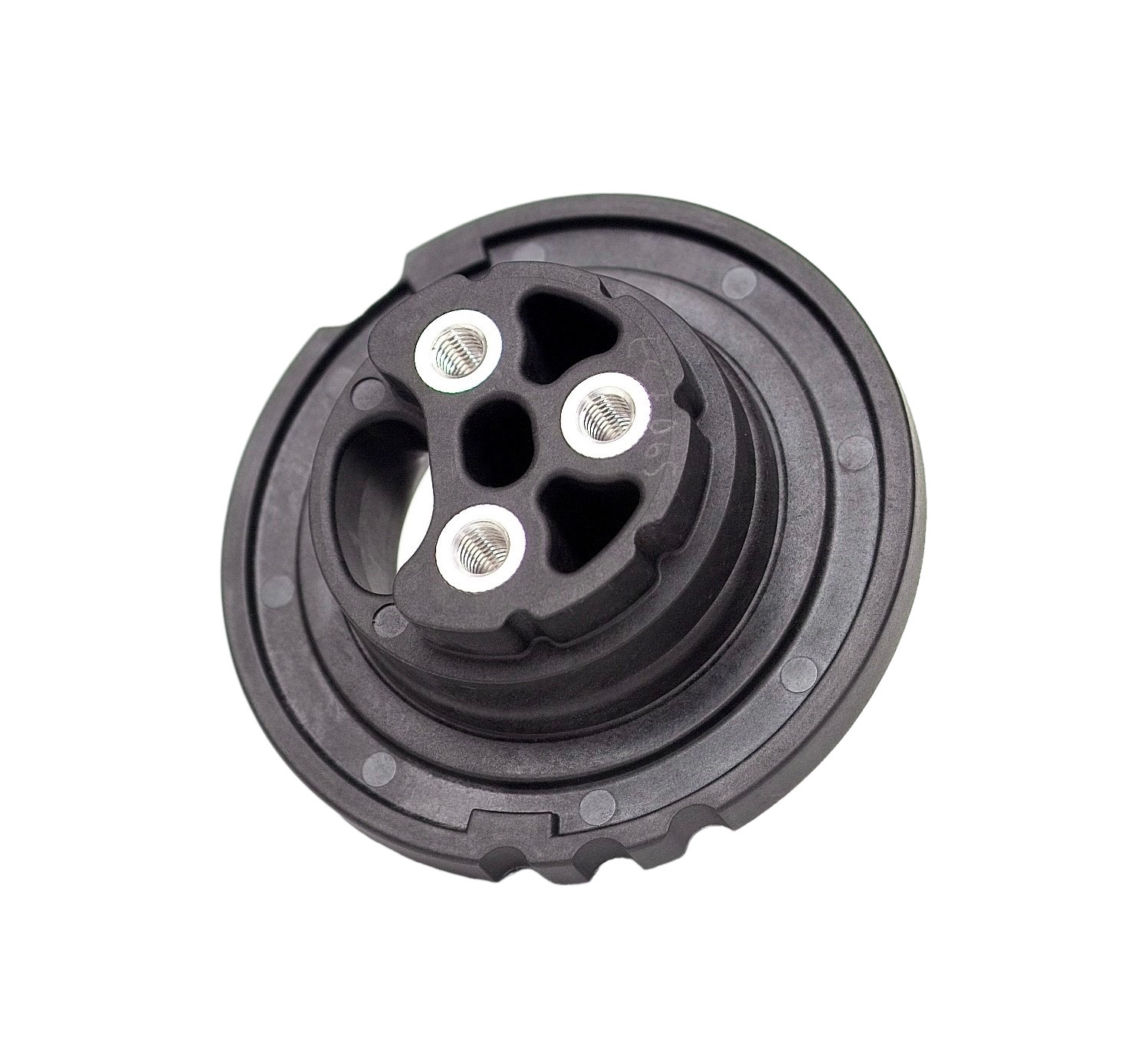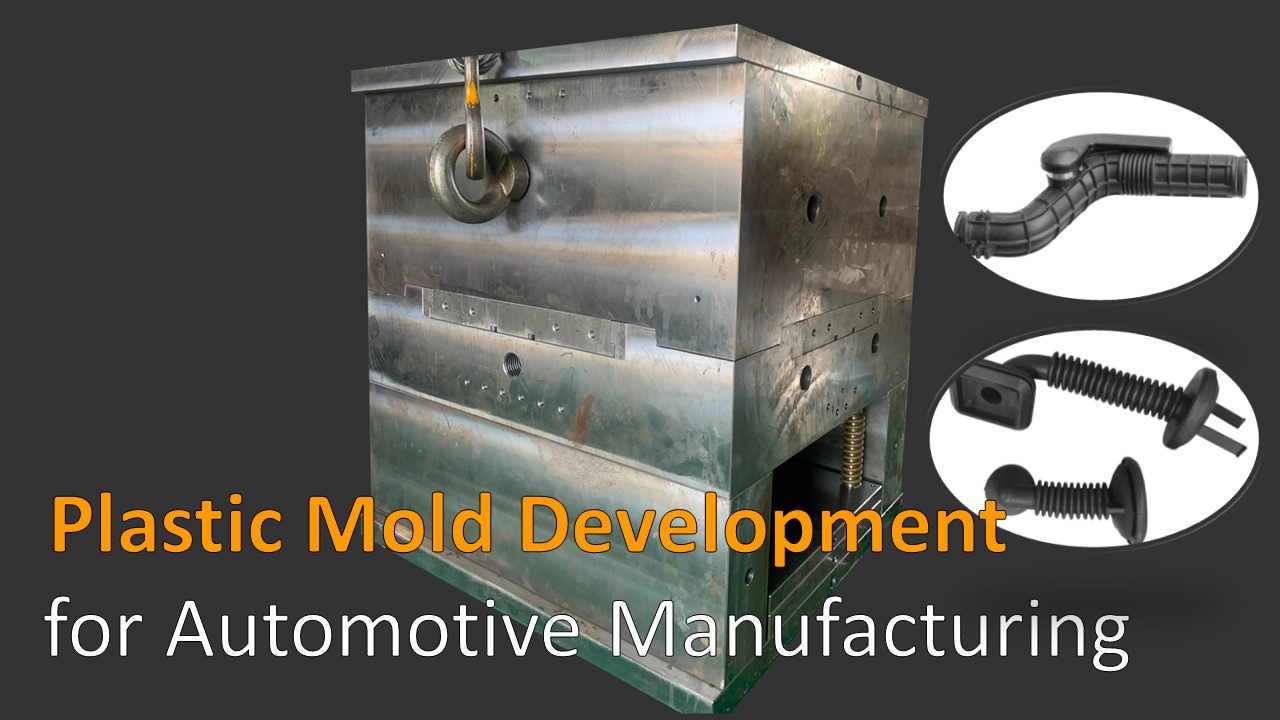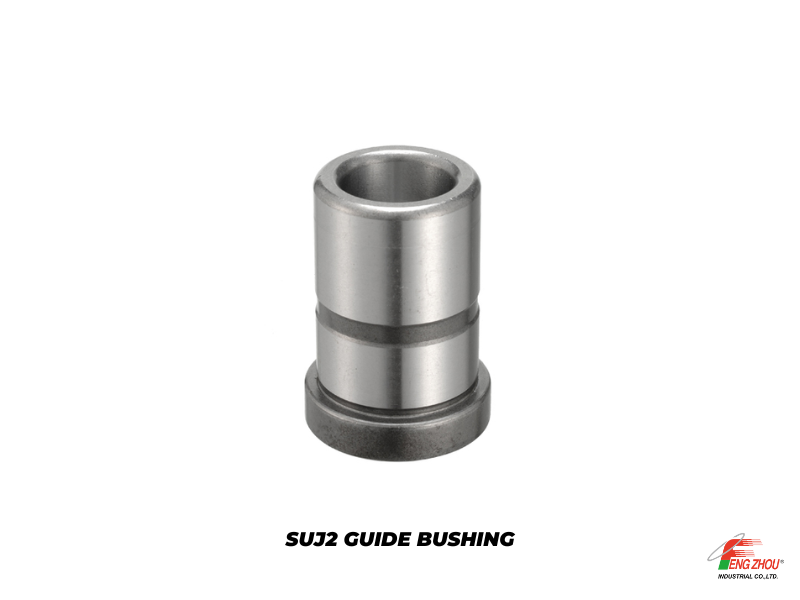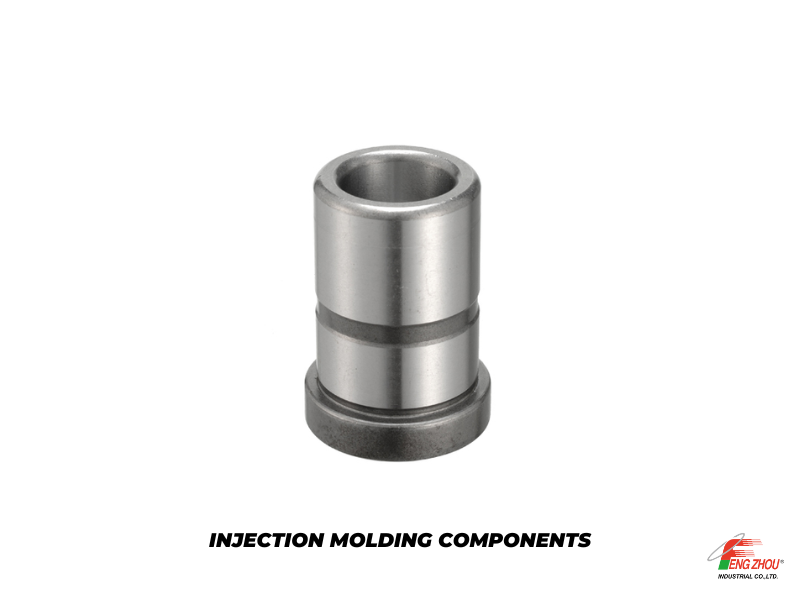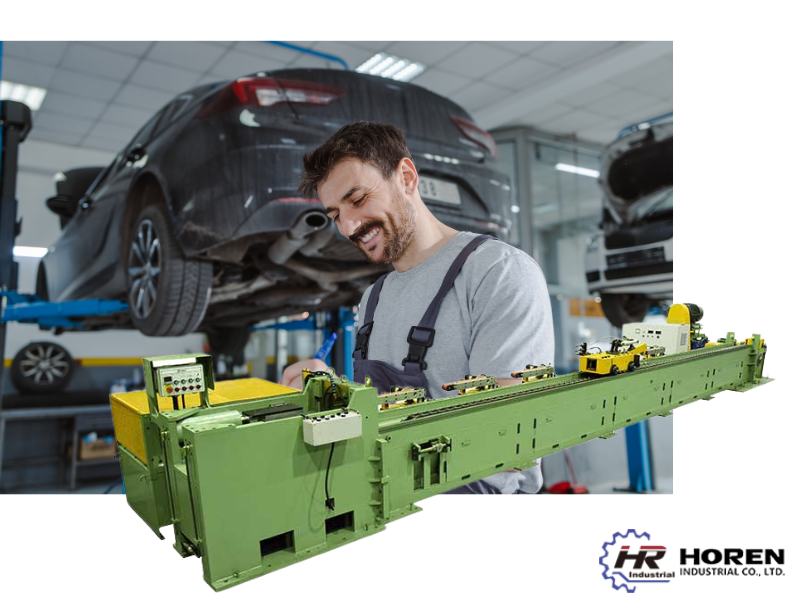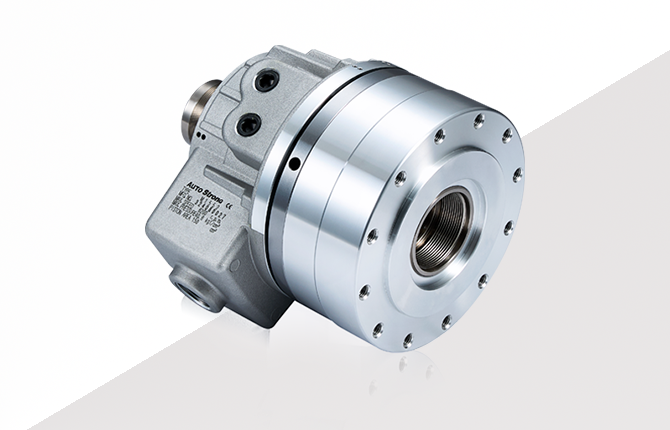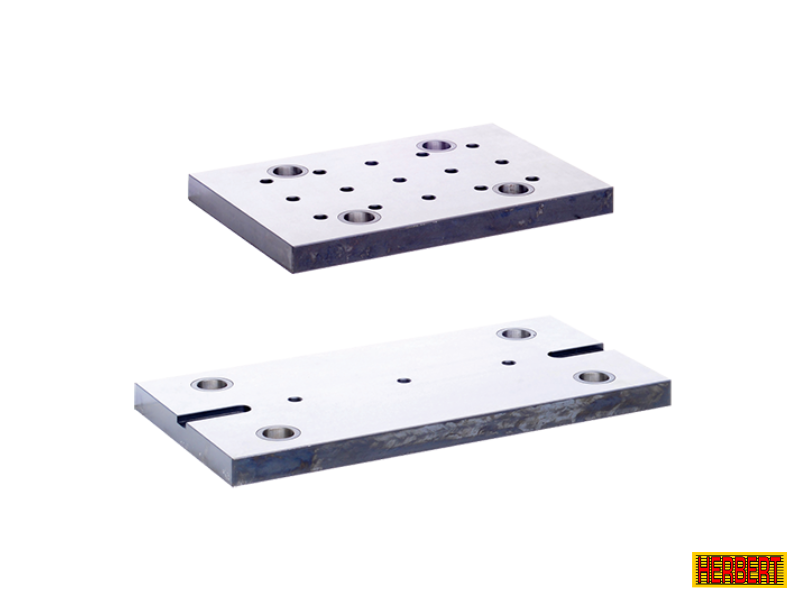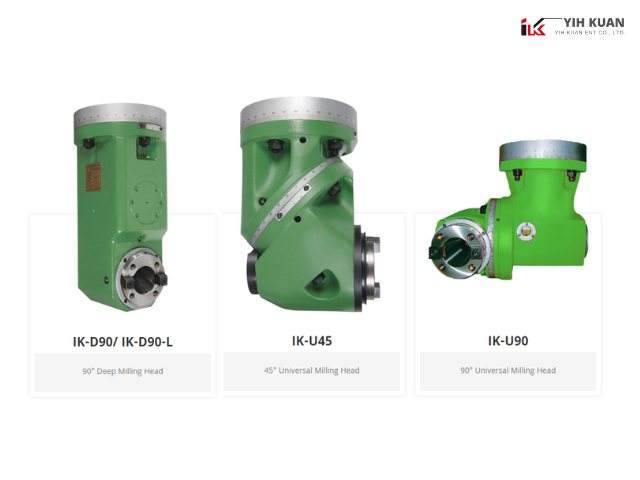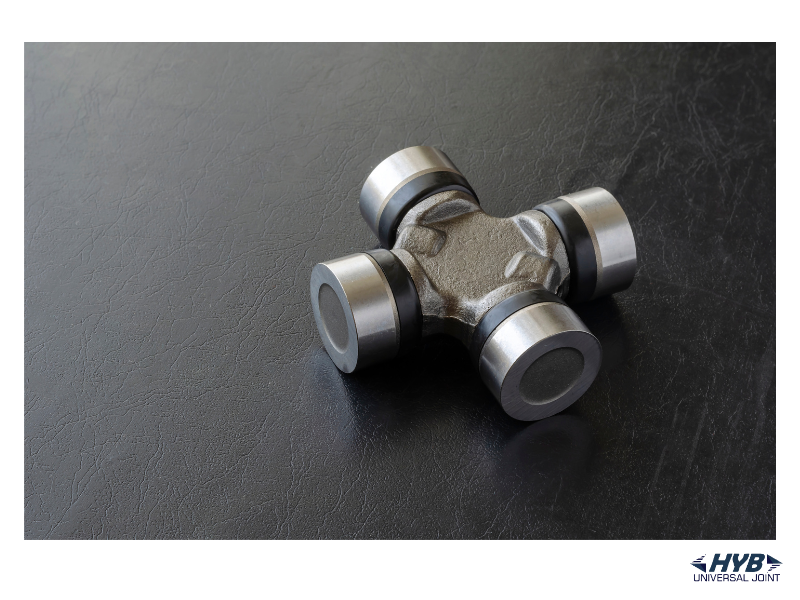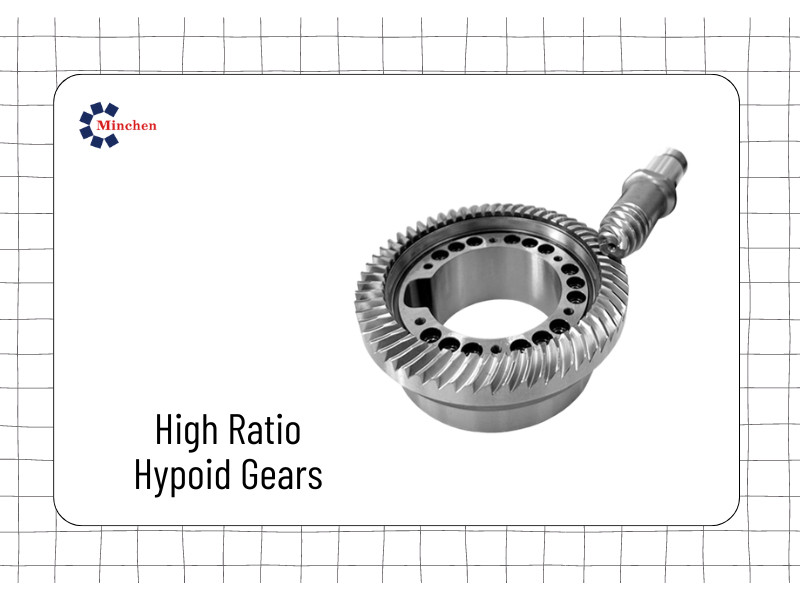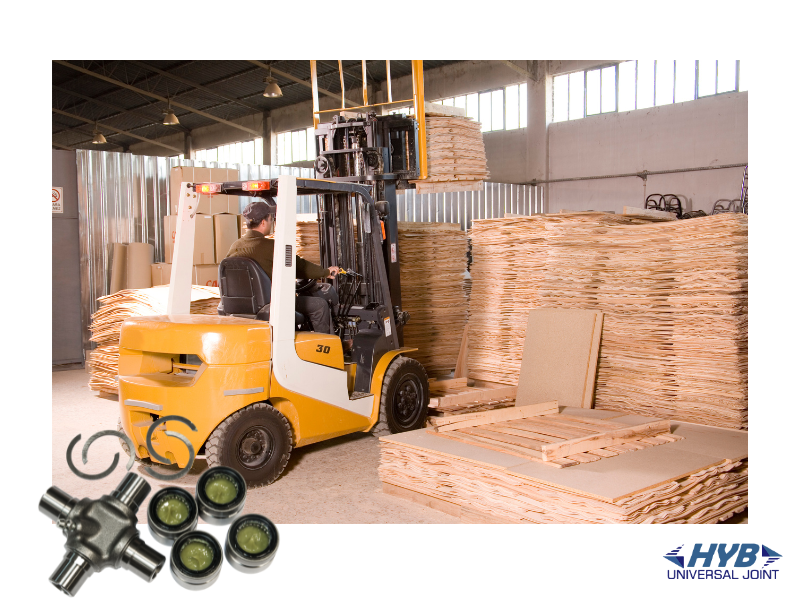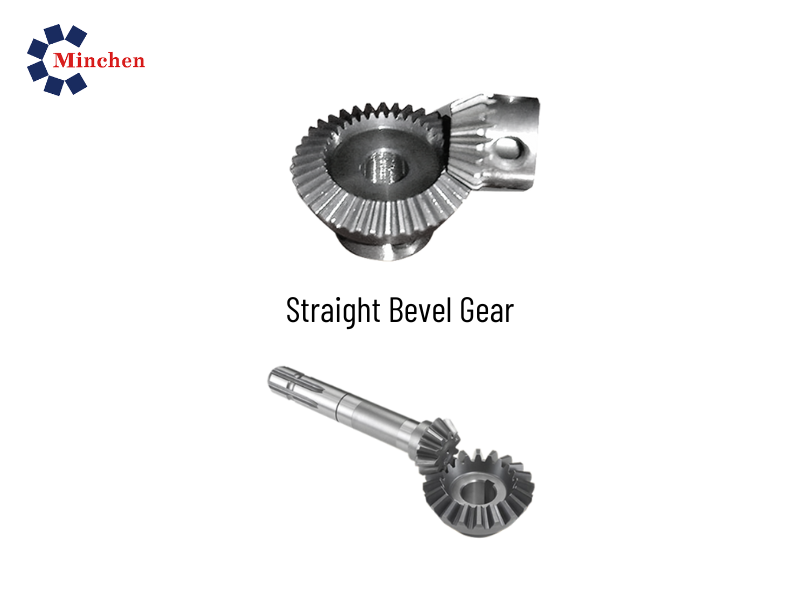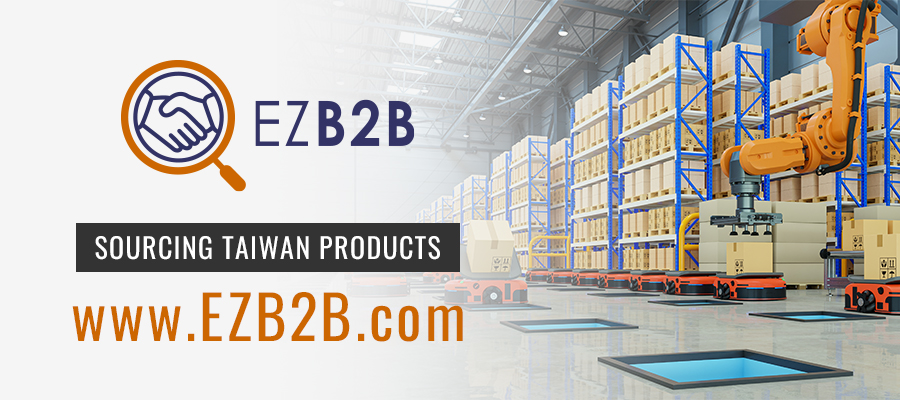What you need to know about Rod-less cylinder
2021-12-24Machinery
Rod-less cylinder is a type of cylinder which is designed with modern technologies and can move in a linear direction. The traditional cylinders use rods for pushing and pulling the objects or loads but rod-less cylinder can lift and can move loads along the piston which helps in reducing low energy and space.
Rod- less cylinders has the capability to move in a linear and round shape and can deliver long- strokes and high- loads in the multiple directions. These cylinders are used in a number of industries for cutting, loading, handling and lifting, all over the world. It also can produce strokes same to the rod cylinders without consuming more energy and space.
Types of rod-less cylinders
There are a number of types of rod- less cylinders which show the connection of carrier with the piston. Types of the rod less cylinders are given below.
Cable Cylinders
In this type of rod less cylinder, cable is connected to the both sides of through the pulley while connecting the carrier. This type of cylinder is designed in a simple way and can starting leaks from the cables. Therefore, this type of cylinders is not long durable due to its cable design.
Magnet Cylinders
This type of cylinder offers a connection between carrier and piston through magnets. Magnet cylinder prevents leaks but it often causes issues related to rotation of the carrier and de- coupling.
Slotted cylinders
As the name defines, there is a slot between outer and inner metal surface in order to prevent the leakages while giving a mechanical link to the piston. Slotted cylinders are widely used due to due to its versatile features.
How a rod-less cylinder works?
There are many components which make the rod less cylinder quality best. It contains a number of parts which operates to perform the job efficiently. Piston is the foremost and important part of the rod less cylinders which is determined by compressed air while moving in the cylinder barrel.
The piston is further attached to the end of the carriers which holds up the load while moving along the piston. Furthermore, it allow the carriers to move in rotary and linear direction (Back and forth movement). It makes a link between carrier and piston with a modifiable cushioning on each side. It also offer smoothness and prevent harsh breaks during uplifting or moving weights and objects in a specific directions.
- Load
Proper loading on the rod less cylinders can result in proper functioning of the machine. You need to keep in mind that overloading and speed can change the output of a machine. We can follow different formulas for better keeping the right amount of the load and speed. Overloading can result in quality change.
A rod- less cylinder can produce three types of movements including the following.
- Yaw
Rod- less cylinders is sensitive to the movements of Yaw (Mv). These are the very less common movement of the rod less cylinders.
- Pitch
Rod less cylinders can easily handle such types of movements. The over acceleration and deceleration of the forces and weight can have an impact on the quality of its movement.
- Roll
These cylinders are actually very responsive to the movements like rolling. Increasing and reduction of weight as well as its displacement on the center can cause an impact on the movements like rolling. Movement of the cylinder can be calculated by applying the formula of Force x Distance.
Other components
For making effective operations, a rod less cylinder will require the following components.
- Pneumatic Hose
A rod less cylinder will require pneumatic hose in order to provide dense air in different parts of the machine including value, port and a number of other devices.
- Pneumatic Air- Supply
Rod less Cylinder would require pneumatic air supply in order to provide dense and clean air to the other parts of the machine.
- Pneumatic solenoid value
A rod less cylinder would definitely require pneumatic solenoid value for controlling compressed air within a machine.
Accessories
Rod less cylinders use specific sorts of accessories which are as follow.
- Carrier
In a rod less cylinder, a carrier offer supports to the to the overall length of the cylinder and a moving load on the machine.
- Foot Mounting
Foot mounting provide support the body of cylinder which avoids it from turning back and forth through the foot support.
- Limit Switch
Limit switch is a tool of rod less cylinder to find the approximate value of a load or an object while preventing it from further movement.
- Center Mounting
It offer support to the cylinder through by absorbing the extra force and keeps the cylinder away from disturbance.
Usage
Rod-les cylinders are very useful and are widely used in a number of industries including the following.
- Robotics
- Tire- Fabrications
- Printing
- Commercial- Sewing
- Automotives
- Ware-house lifting
- Food & Beverages
- Painting
- Optical- Sorting
- Manufacturing
- Packaging
Benefits
- There are many advantages of the rod- less cylinders among which some are given below.
- There is no danger of rod bending or breaking as these cylinders have no rods at all.
- These cylinders can better support huge loads and forces momentum.
- The same forces can be applied on both of the direction in a rod-less cylinder.
There are certain cons of these cylinder types as well which include the leakage of air, fixed load momentum and dust.
All of the types of pneumatic cylinders have their own pros and cons but rodless cylinder is the one which has more pros and less cons as it perform operations better than other pneumatic or traditional cylinders. These cylinders can be found in every size, shape and design.
Furthermore, the lifespan of these cylinders are durable and works on less energy which makes it costly but looking to its features, I would suggest you this cylinder (Rod-Less Cylinder) to buy for gaining a better experience.




